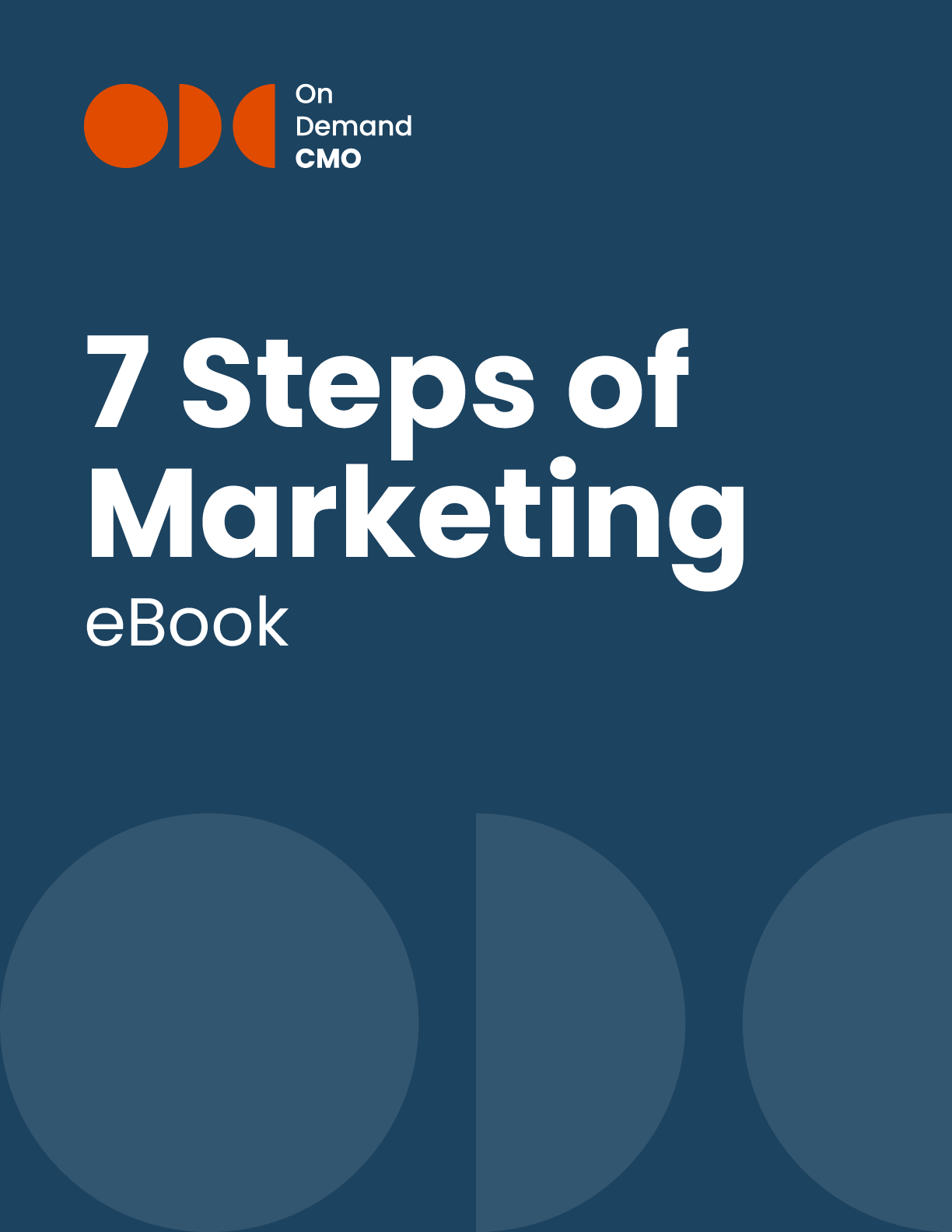
How many times have you visited a website in hopes of communicating with a company directly to ask a specific question, only to be stymied by continued redirection to a FAQ page or a where’s-Waldo search for the “Contact Us” button? These kinds of experiences are all too common, and they don’t encourage consumer trust or brand affinity. This is just one small example of the importance of strong content marketing segmentation.
Content marketing segmentation, as defined by Amanda Maksymiw at the Content Marketing Institute, is a deceptively simple concept–it’s “the practice of presenting your online content in a clear and concise manner specific to each of your website visitors.” Successful segmentation sets your visitors up for a personalized experience that responds to their particular needs, interests, and concerns. You can apply this concept to everything from the way you organize your website to larger questions of appealing to target audiences. Let’s take a look at how we can think about content marketing segmentation at each level.
When it comes to questions of website design and presentation, there’s so much you can do to tailor customers’ experiences. Consider these ideas:
Maksymiw suggests allowing website visitors to easily self-select the content most pertinent to them by setting up website home pages to be segmented by “role, problem, or industry.” Try visiting your kid’s school website. If you have to search for five minutes before finding the “parent portal,” you can appreciate the importance of this.
Don’t clutter your home page with content specific to only one role or target audience. Once you’ve made the process of finding the right content easier, consider how you can provide your audience with additional content on those landing pages that suits their niche–helpful videos, reliable research, infographics, articles, or blog posts.
Show restraint! Don’t put all of your content eggs in one basket. Maksymiw makes this clear: “While you may feel compelled to share ALL of your relevant content with your specific audience as soon as they click through, there’s a good reason why you should resist: a simple user experience is a satisfying user experience.” In addition to holding back on a deluge of content so as to not overwhelm your visitors, consider the hallmarks of effective design: clean font choices, relevant graphics, careful proportions. Here’s a helpful resource for spiffing up the (seemingly) small stuff.
Beyond questions of design and presentation–or perhaps before them–loom important decisions regarding how and why you’ll segment your content to best appeal to visitors and gain conversions.
Above all else, you’ll need to identify your target audiences. Who will see your content? Why are they visiting? And how can you tailor the experience to their needs? Likewise, consider what audiences you do not expect to come in contact with so you can avoid content that will be irrelevant or boring to your visitors. I came across this handy list of website design mistakes that could be of help as well.
Kendra Moroz at Business2Community.com offers some thoughtful questions to get you thinking about not just who your customers are, but what role you’re serving for them. Some examples she offers to consider as you prepare to improve your content segmentation are:
What informs the individuals within target groups to buy or make a decision?
What problem(s) does my company’s product, services, or offerings solve?
Moroz also encourages business owners to consider their competition before moving forward with a content segmentation plan. Why? To avoid overlap and help you remain competitive. It will also help you generate unique content that sets you apart from your competition.
Beyond questions of content segmentation, consider the word we keep using but haven’t quite stopped to examine yet: segment. You can use segments throughout your content to appeal to your audience. This idea comes from Jay Acunzo at the Content Marketing Institute. He notes that “segments are small sections of content that are uniquely and clearly packaged then repeated throughout a single project or across multiple works.”
We’re all familiar with this idea as it applies to media; television shows, radio broadcasts, magazines, and newspapers all use segments to entertain audiences and set themselves apart. But Acunzo believes we can apply this concept to marketing as well. He continues: “Segments also provide several benefits to both the reader and the company behind the content. They’re great for retaining attention since they’re easily identifiable and often repeatable. Thus they become anchor points to follow along within a larger piece or series of content”. Acunzo suggests embedding segments in everything from podcasts to blog posts. How might you create segments, or regular content features, that your target audiences can anticipate and enjoy?

OnDemandCMO has authored 7 Steps of Marketing, the only marketing guide book you’ll need to either get your marketing started properly, or stay on track strategically.
It features best practices on branding, messaging, social media, lead generation and much in between.
Please let us know who you are, and we'll share a few of our secrets (we don't sell or trade your info)!